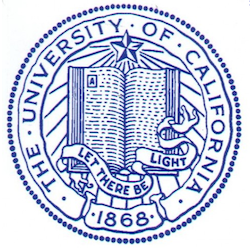 The most effective communication model yet may be when all parties involved are actively participating. When clarifications are needed, it is naturally asked and answered as many times deemed necessary. Now best communication practices aside, what happens when person A, someone from someplace–an admissions officer–with his/her sum of experiences, is to read person B’s essay, a high school senior’s reply, to a question person A didn’t write?
The most effective communication model yet may be when all parties involved are actively participating. When clarifications are needed, it is naturally asked and answered as many times deemed necessary. Now best communication practices aside, what happens when person A, someone from someplace–an admissions officer–with his/her sum of experiences, is to read person B’s essay, a high school senior’s reply, to a question person A didn’t write?
To begin, the high school senior is at a disadvantage.
#1: The student is unable to clarify any aspect of his/her essay response based on either a direct back-and-forth conversation with the college admissions officer or by observing the reader’s body language, making any additional adjustments impossible.
#2: For most humans, let alone 18 year olds, adequately summing up their years of life experience to-date is a grueling task, usually avoided at all cost. Add the fact that the summary must be within a limiting and fixed word count, as well as by a fixed deadline
#3: If to be written well, the writing process can take time and doesn’t fit within the regular fast pace of an academic semester.
At this point, you’re probably wondering if there’s any good news. (Well, it depends on your perception of things).
First, students can work to decode the question(s) being asked as the primary basis for brainstorming and drafting an essay response. For admissions to the University of California (UC), students answer 2 essay questions called, prompts. Here’s prompt #2:
Prompt #2: Tell us about a personal quality, talent, accomplishment, contribution or experience that is important to you. What about this quality or accomplishment makes you proud, and how does it relate to the person you are?
To assist, Art and Jill, define the meaning of the prompt…



